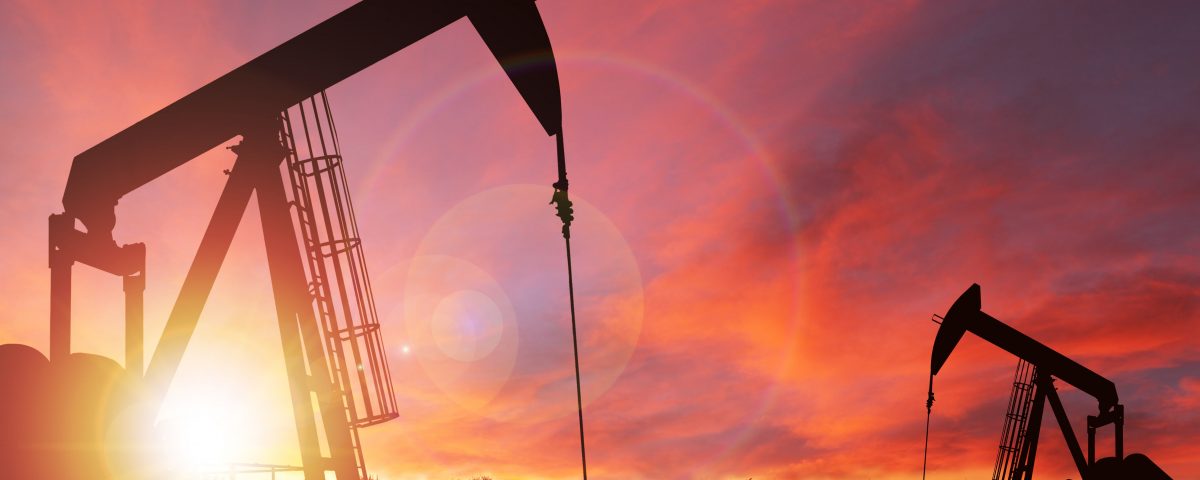- WE’RE HERE TO HELP | SE HABLA ESPAÑOL
- 800.586.5555
How Hurricanes Affect Oil, Gas and Energy Production in the Gulf of Mexico
How Hurricanes Affect Oil, Gas and Energy Production in the Gulf of Mexico

When a hurricane makes landfall in Florida the media generally focuses, and rightly so, on the human toll. People lose homes, businesses and in some cases even loved ones and neighbors. The human tragedies that follow in the wake of devastating Florida hurricanes aren’t the only repercussions of these vicious storms. There are also environmental and economic implications.
The economic and environmental consequences are maybe most prominently felt in and along the Gulf of Mexico, which is home to a significant percentage of the nation’s oil and natural gas production and refining capacity.
The press mainly covered the historic power outages, flooding and loss of life caused by Hurricane Ida. What was less widely publicized was how the storm drove 12 percent of the nation’s oil production to a grinding halt. The Gulf’s oil and gas capacity was still down 80 percent a week and a half after Hurricane Ida passed.
Hurricane Nicholas followed closely on Ida’s heels, putting a halt to repairs that would have restored the Gulf’s energy production infrastructure. The Colonial Pipeline didn’t resume moving diesel and gasoline until the September 15.
Exxon Mobil’s HOOPS pipeline, which is responsible for moving a significant amount of the offshore oil production in the Gulf of Mexico into coastal refineries, didn’t resume operations until the day after Hurricane Nicholas made landfall in Texas. Companies like Royal Dutch Shell had halted their offshore production until HOOPS was once again able to transport their oil.
There’s also a sizable percentage of natural gas production along Texas’ Gulf Coast that gets put on hold until after the frequent hurricanes and tropical storms safely pass.
A number of factors contribute to the sometimes weeks-long shutdowns that affect Gulf energy production during hurricane season.
Hurricanes tend to ground planes and force ports to shut down. Without ports or airports, crew who were evacuated from offshore oil platforms can’t return. Many of those who work on those platforms live and have families along the Gulf Coast. Those workers often have more pressing concerns onshore when their home is in the path of a hurricane.
There’s also the physical damage done to infrastructure and oil platforms that must get repaired before operations can resume in earnest.
The path of Hurricane Ida made it a costly hurricane for energy production. Analytics firms estimated it was the costliest storm since Hurricanes Katrina and Rita from an economic perspective.
The Environmental Cost
Money, jobs and energy production aren’t the only things at risk in the Gulf of Mexico during the Atlantic hurricane season. There’s also the potential for environmental disasters when hurricanes run through offshore platforms and pipeline. One underwater pipeline leak caused by Hurricane Ida left oil streaks big enough to be observed from space.
The U.S. Coast Guard received over 1,500 Hurricane Ida-related reports of Gulf pollution. Their resources aren’t limitless, so they end up being forced to triage the 20 percent of those that are most serious.
It’s also frequently not clear whose hurricane-damaged pipeline is leaking or where exactly leaks are coming from. Pipelines are expensive, right? How could a company lose track?
Pipeline for offshore drilling has been laid in the Gulf of Mexico for the better part of the past century. Companies aren’t required to remove all that pipeline when they’re done with it, which according to some estimates means about 18,000 miles of pipeline rests along the Gulf of Mexico’s seafloor.
The biggest leak from Hurricane Ida was repaired by Talos Energy, despite Talos Energy not owning the leaking pipeline. In fact, it wasn’t obvious at first who did own that pipeline. Federal and state officials had to start an investigation to figure out who exactly should foot the bill for the cleanup.
No oil spills are ever good, but things could have been far worse. Since Hurricanes Katrina and Rita in 2005 and Hurricane Sandy in 2012, the oil and gas industry have placed a greater focus on environmental and worker safety.
Some of the steps they take include:
- Evacuating non-essential personal and beginning production shut down days in advance of a storm’s arrival
- Relocating drill ships to unaffected parts of the Gulf of Mexico
- Performing flyovers of onshore and offshore oil and gas production sites to identify damage and spills as quickly as possible
- Using a variety of sensors and technologies to monitor platform and pipeline structural integrity in real time
Complacency and aging infrastructure are always risks when it comes to environmental disasters caused by hurricanes. Although the repercussions of Hurricane Ida aren’t nothing, it certainly could have been worse in terms of both property damage and loss of life. Hopefully these are indications of better hurricane preparedness and examples of how increased hurricane vigilance is a net positive, even if it does result in temporary losses of production.
